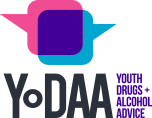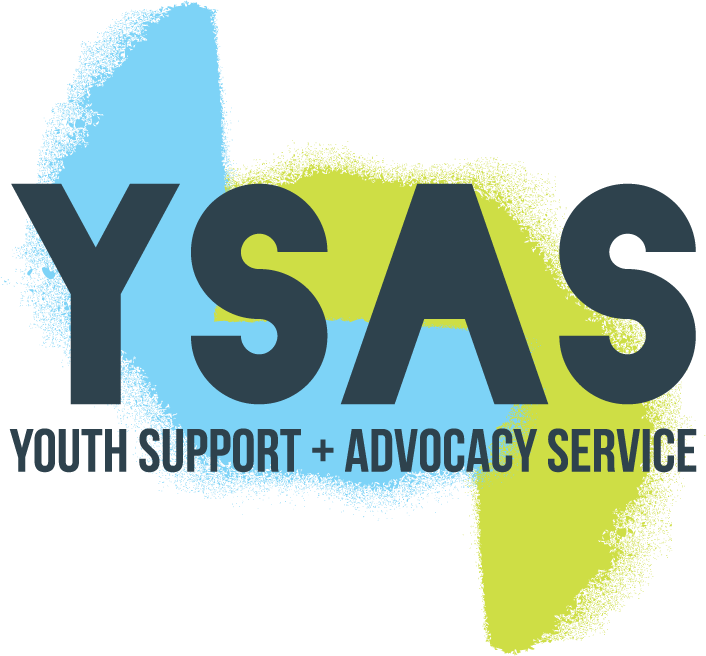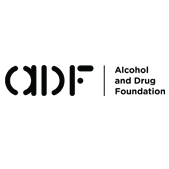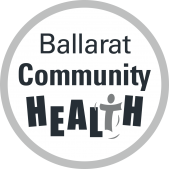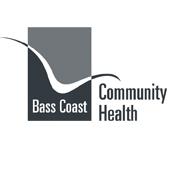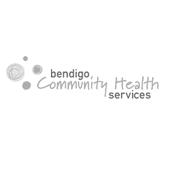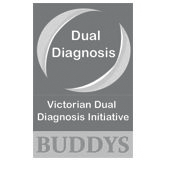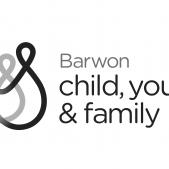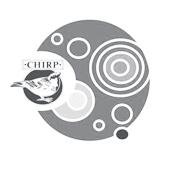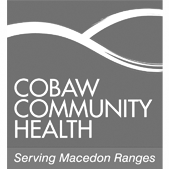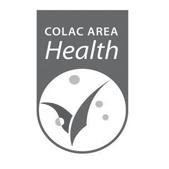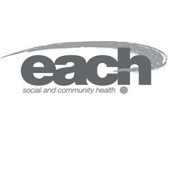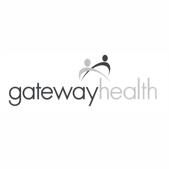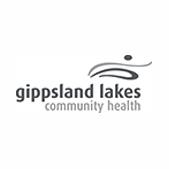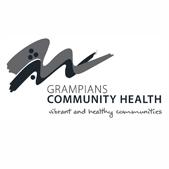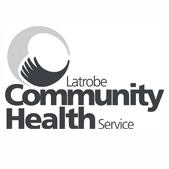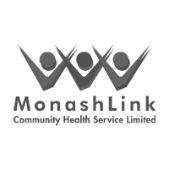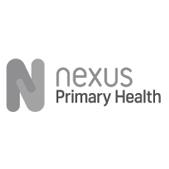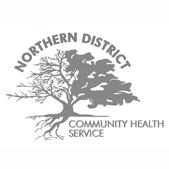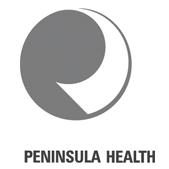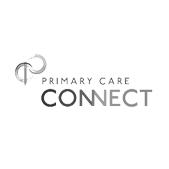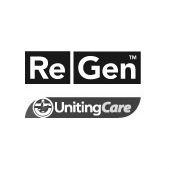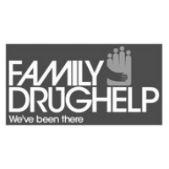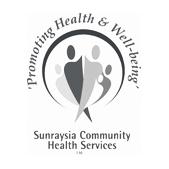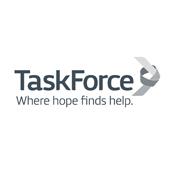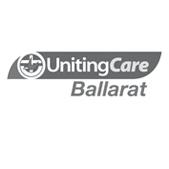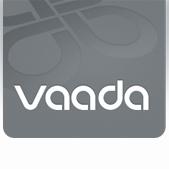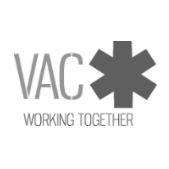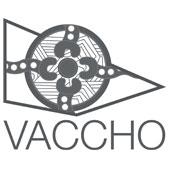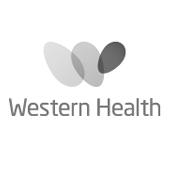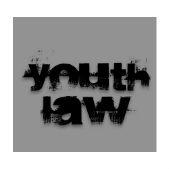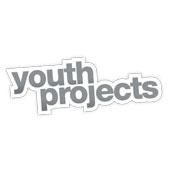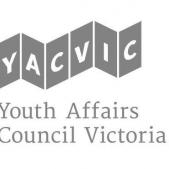Support Options
Self-directed help
Self-directed help is where a young person accesses booklets, books, videos, websites, worksheets or even apps to work through or explore substance use issues. It is low cost, flexible support option for young people.
Best of all, self-directed help can occur with or without a worker at their side. Young people who have already been supported to address basic needs and issues that underpin substance use and have achieved a safe and supportive home environment, may want to start looking at self-directed help to further reduce use or to prevent relapse.
Likewise, young people who have not yet been to a service or are ambivalent about their substance use may use self-directed help to ‘suss out’ the options and prepare themselves for engaging the professionals.
Typically, resources used for self-directed help can be provided by a Youth AOD worker or online such as in YoDAA’s self-help section for young people. Mobile applications are also increasingly popular with young people as a way to practice relaxation techniques or set and track goals.
Visit Reachout's website for a collection of tools for young people.
Self-directed help is also great for young people who are not at immediate risk due to their substance use. Some young people, like adults, can feel uncomfortable sharing their problems with a professional ‘face to face’, so rather than pushing them to engage, self-directed help can be a good option while they mull over whether or not they would consider seeing a worker.
Young people who are still working on the problems that underpin their use (and still using substances) can still engage in self-directed help and there are resources especially designed to help them to stay safe and avoid risks while using.
Check out YoDAA's Self-directed help articles for young people and introduce them to student's you are supporting.
